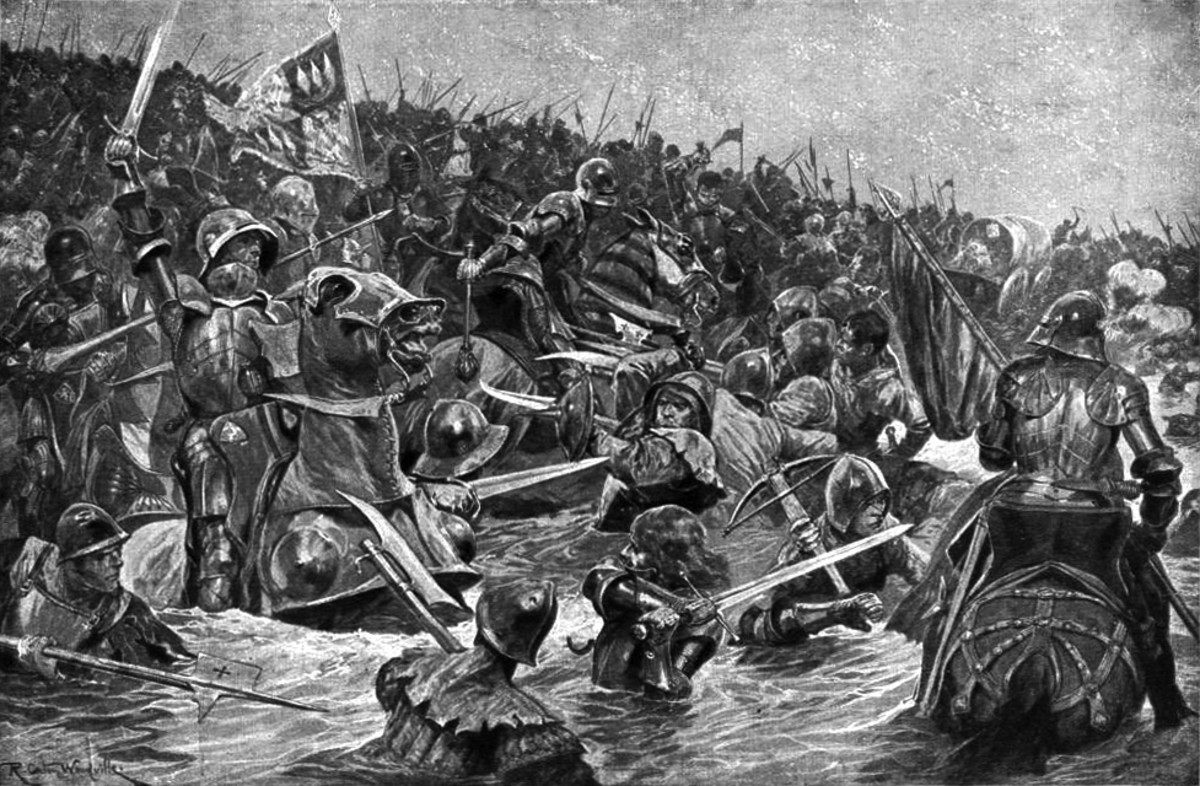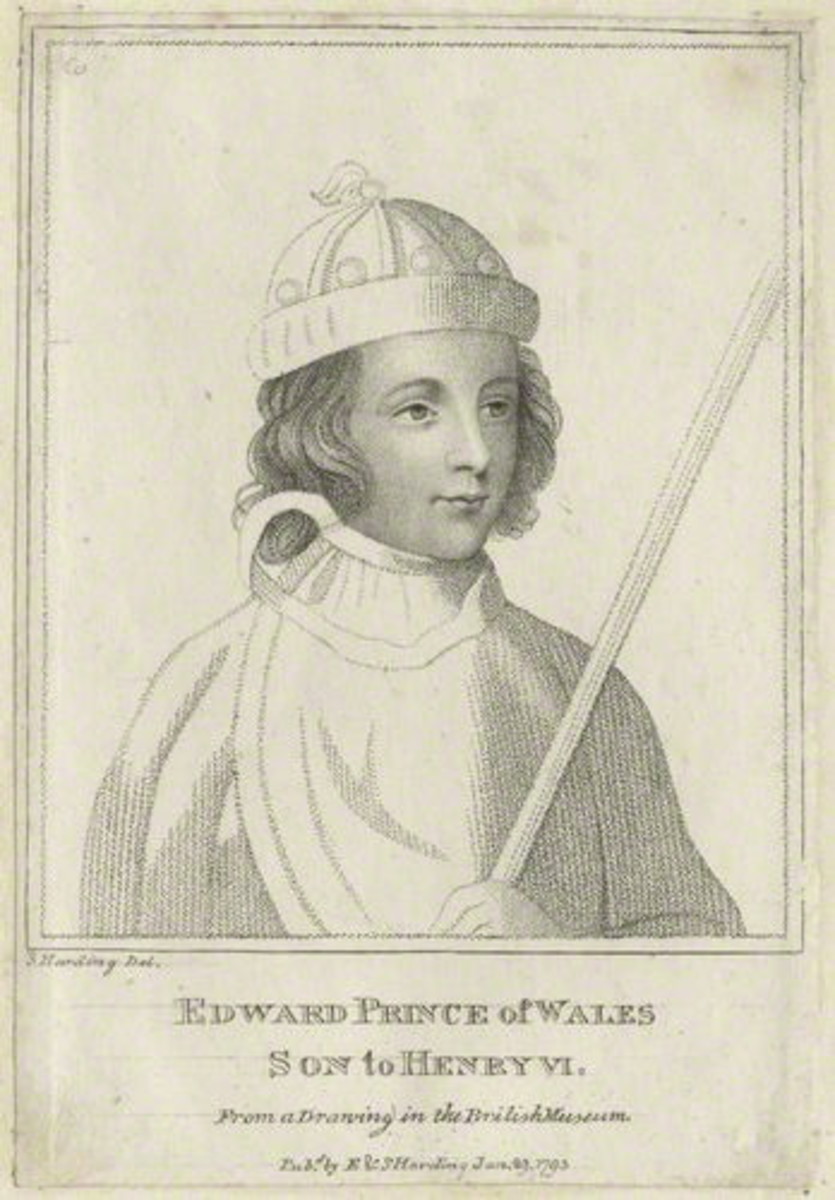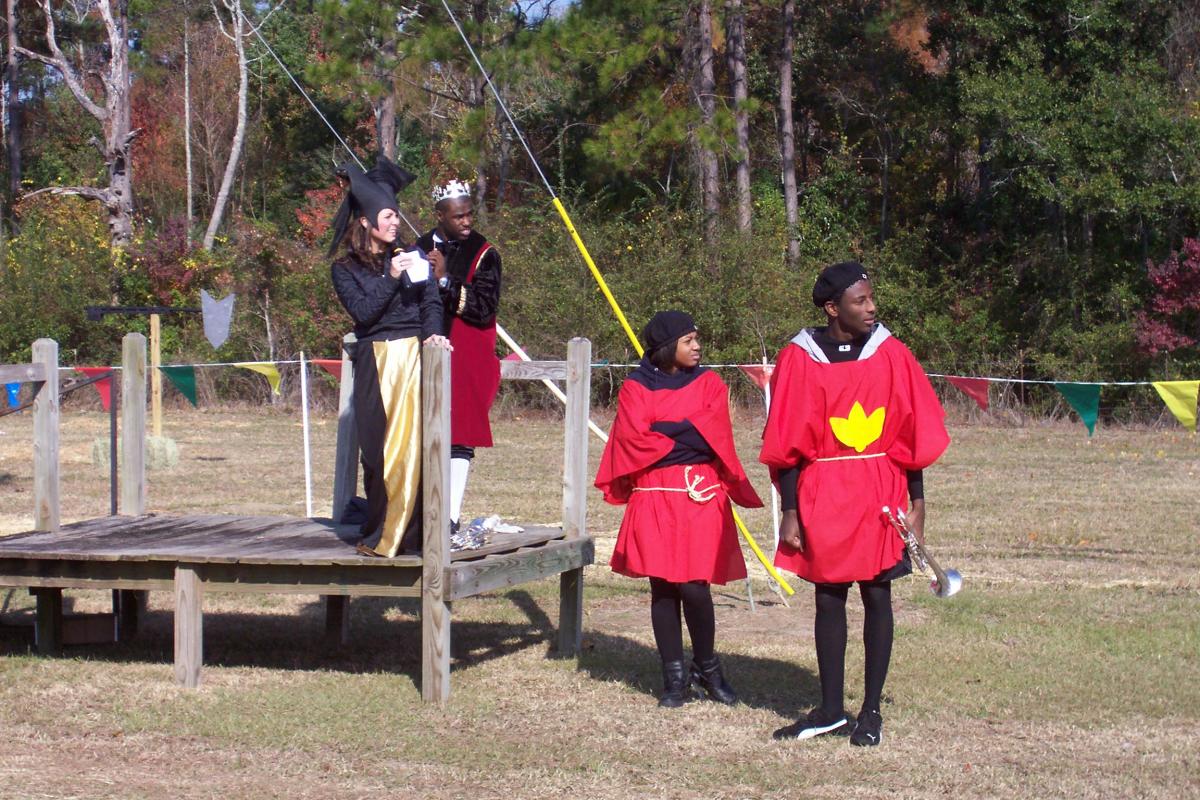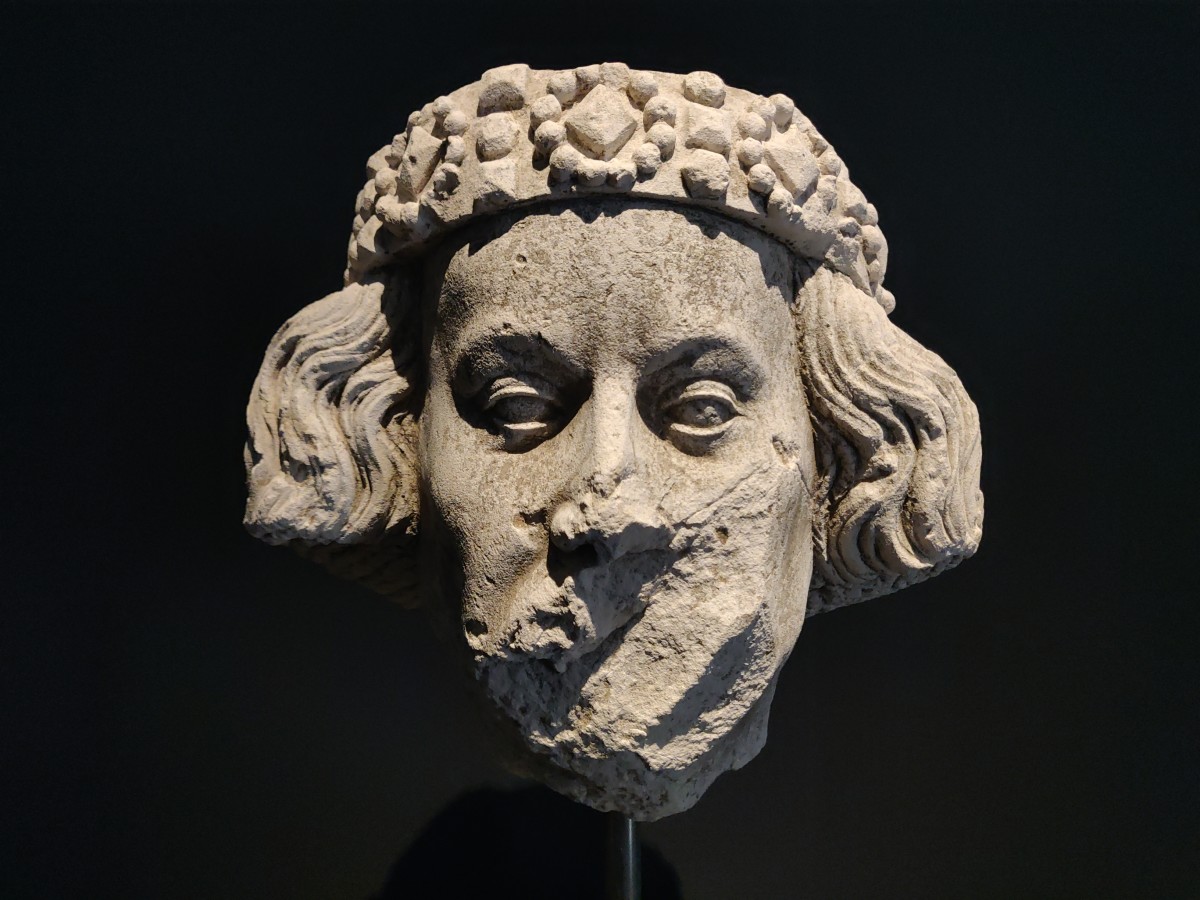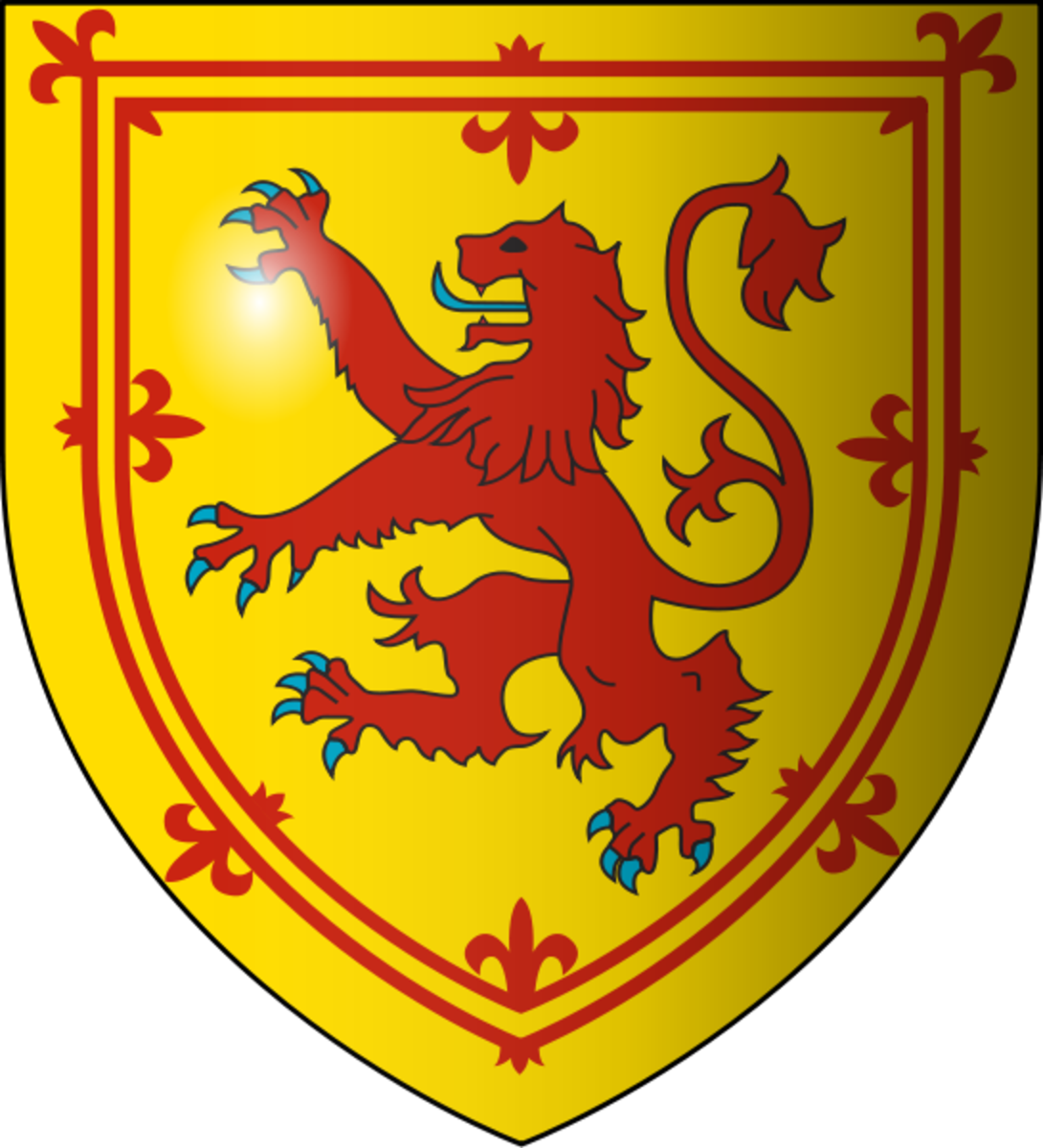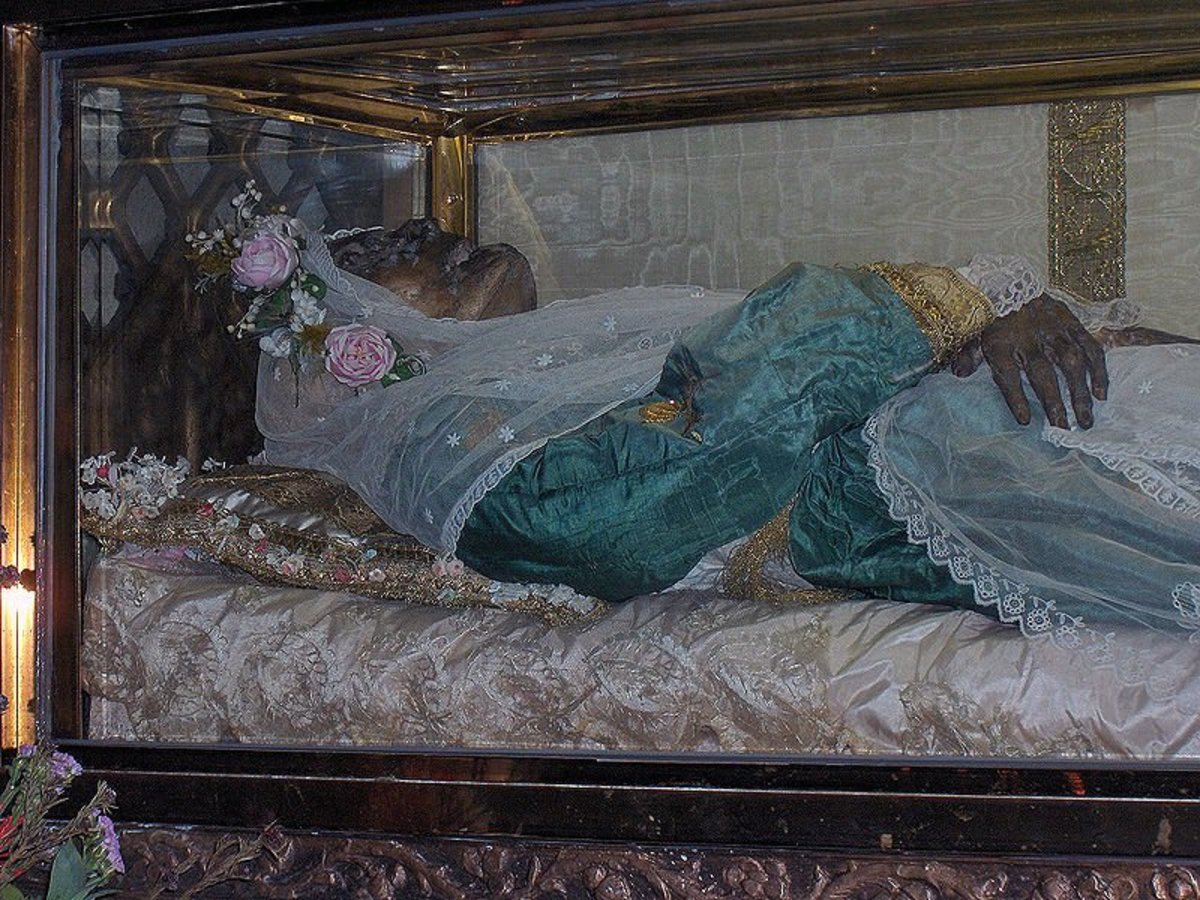Birth of Henry VI: The Lancastrian King for the Roses War
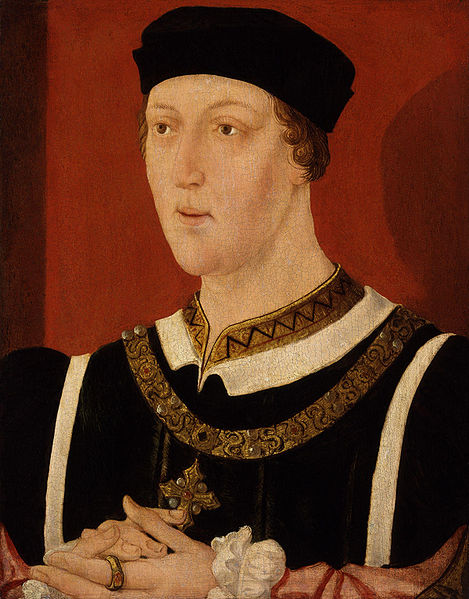
On December 6, 1421, Henry VI of England was born. He was just nine months old when his father, Henry V, was killed, making him the youngest ever English king—and that is likely never going to change unless something drastic happens to the royal family. He will always be known as the Mad King, after suffering from dementia shortly before the start of the Wars of the Roses.
The Early Life of Henry VI of England
Henry of Windsor was born at Windsor Castle, giving him his name. Within the first year of his life he was King of England and the disputed King of France. His grandfather, Charles VI of France died when the young Henry was just 11 months old. However, the crown officially passed to a French descendent and not to the English King. Henry V had died trying to get the French crown, believing that it belonged to his family.
Henry VI was only King because of his grandfather, Henry IV. The earlier Henry took the crown from Richard II and imprisoned him. The crown then passed to Henry V and finally to Henry VI. Henry VI made it clear that he was ordained by God and, therefore, the rightful King of England. Everything seemed to work out well until the 1450s when Richard, Duke of York, decided it was time to put the crown back into the true rightful hands—the House of York.
During Henry VI’s early years, the country was run by Humphrey, Duke of Gloucester, while the campaign in France was ran by John, Duke of Bedford. Both men were uncles to the baby king. Bedford had the rightful claim to the regency, which Gloucester saw to take from him after his death. However, other men wanted their hands on the regency.
The Half-Brothers of Henry VI
Henry was an only child to Henry V and Catherine of Valois. However, he did have two half-brothers. After his father’s death, his mother started a relationship with the Welshman, Owen Tudor. They may have married in secret, however there is no confirmation of date. However, the two had two boys together, Edmund and Jasper Tudor. Henry VI made it clear that they could never become kings, but they were given titles once Henry VI came of age.
Edmund Tudor was even given a wealthy marriage. He married Margaret Beaufort and they had a son together. Edmund died of the plague before his son, Henry Tudor, was born. This boy, named after King Henry VI would later become Henry VII of England after defeating Richard III at the Battle of Bosworth and bringing an end to the Wars of the Roses.
It took seven years for Henry to be crowned King of England. Part of this was due to his age; they were waiting for him to reach the age to rule the country himself. However, there were problems in France. In July 1429, Charles VII was crowned King of France. The English nobles has to work quickly to crown Henry King of England and then King of France two years later on December 16, 1431.
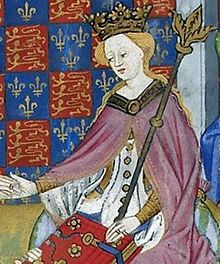
Marriage to a French Princess
As an attempt to bring peace between France and England, Henry VI married Margaret of Anjou. The only reason the betrothal was accepted was due to Henry’s willingness to give up some of France and no longer call himself the King of France. He gave up the rule in 1453. The Treaty of Tours was signed upon the betrothal to Charles VII’s niece, Margaret. As a way to ensure it passed through the English parliament, parts of the treaty were kept secret. Henry knew that they would not be accepted.
The two had one child together, Edward of Westminster. Edward would later become heir to Henry VI’s throne and Prince of Wales. However, he would die at the Battle of Tewkesbury in 1471, in an attempt to remove the House of York. Henry VI had no other children, not even any illegitimate ones.
Margaret was a strong woman and useful for Henry. Once Henry VI started suffering from dementia, the Queen Consort would take over his duties and act on his behalf. It was arguably Margaret who caused the spark for the Wars of the Roses.
The Wars of the Roses and Henry VI’s Loss of Power
Henry VI remained King of England for 39 years until he was deposed by Edward IV of England. This wasn’t even the start of the Wars of the Roses; it had already started five years previously. Richard, Duke of York, was against some of the decisions that Henry was making and decided it was time his own family took the crown. He was the next in line since Richard II had no descendants and his heir had now died. Instead of wanting the crown for himself, Richard fought for his eldest son, Edward, to become King of England.
While Richard didn’t always agree with Henry VI’s decisions, it was Margaret of Anjou who caused the start of the Wars. In May 1455, she excluded all Yorkist members from the Great Council. It was clear that she wanted only the House of Lancaster to rule the country. Richard never did get to see his son take the throne, as he died due to Margaret’s army in 1460. However, Henry VI was deposed on March 4, 1461.
The Failure of Henry VI
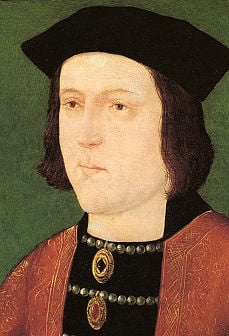
Henry VI Gets His Throne Back Temporarily
It took nine years for Henry VI to get his throne back. Arguably, it was due to a rift between the House of York. Edward VI decided to marry a commoner, Elizabeth Woodville, and it upset Richard, Earl of Warwick. After a brief attempt to put George, Duke of Clarence, the king’s brother, on the throne, Warwick decided to turn to the exiled Lancastrian family. He married his younger daughter off to the Lancastrian heir to the throne, Edward.
Henry VI finally got his crown back thanks to Margaret of Anjou’s decision to work with Warwick. Edward IV was forced into exile with Richard, Duke of Gloucester on October 30, 1470, while Elizabeth Woodville and her daughters were forced into sanctuary. Elizabeth gave birth to a son in November of that year, making it imperative that Edward got back to England somehow.
It was just six months later that Henry VI found himself deposed again. This time Edward of Westminster was killed at Tewksbury, while Warwick had been killed at the Battle of Barnet. Margaret of Anjou and Henry VI were imprisoned in the Tower of London.
Henry VI died around May 22, 1471. It is possible that it was at the hands or instructions of Edward IV to prevent anybody else using the mad King as a pawn to depose the House of York. However, there has never been, and never will be, confirmed.
This was the perfect time to kill Henry though. Before, the Lancastrians would have seen Edward of Westminster as their King. He was a better leader than his father, since he was not suffering from bouts of insanity. The Yorkist faction would not have wanted this. By Edward dying a month earlier, the Lancastrians were left without an heir. There was nobody to go up against Edward IV.
The only contemporary source to claim anything about Henry’s death is one by Thomas More, who claimed Richard III killed him. However, the Tudors were extremely biased about Richard III, and never painted him in a good light.


